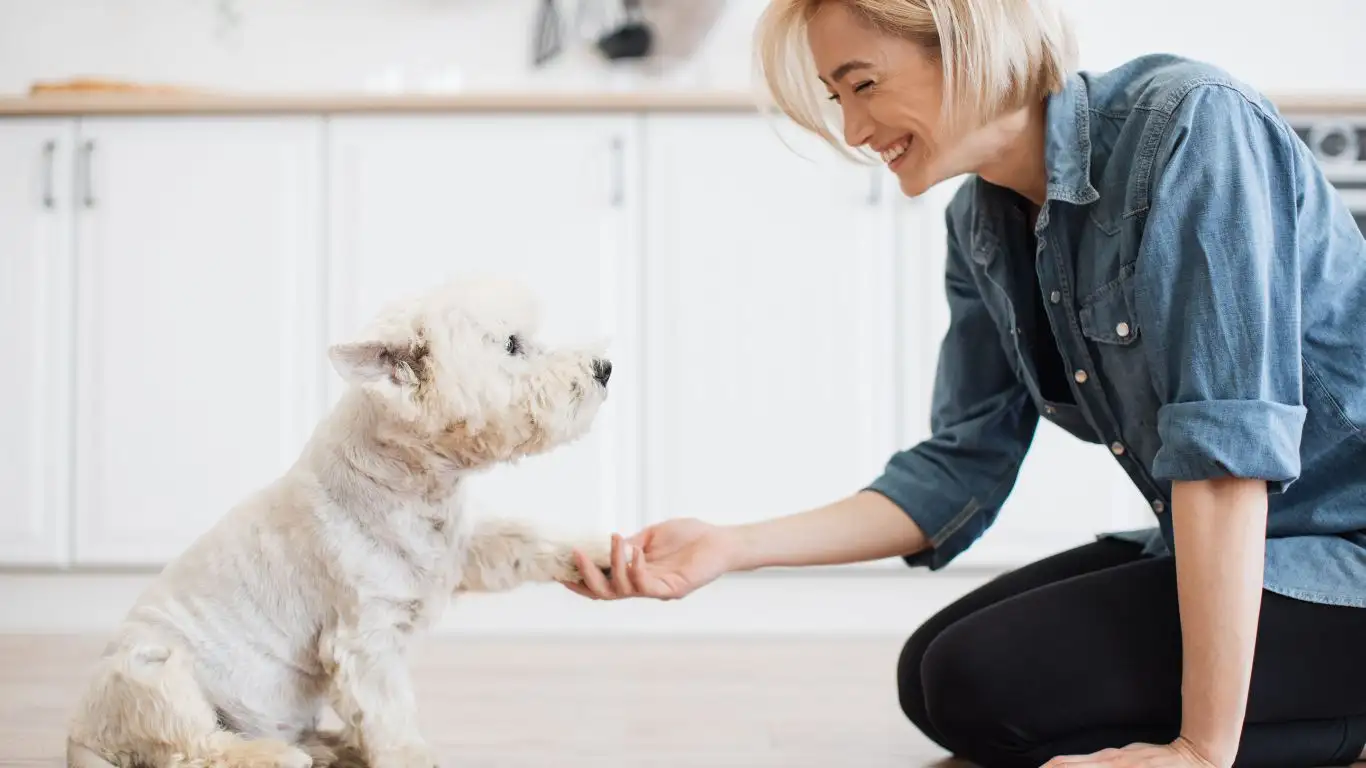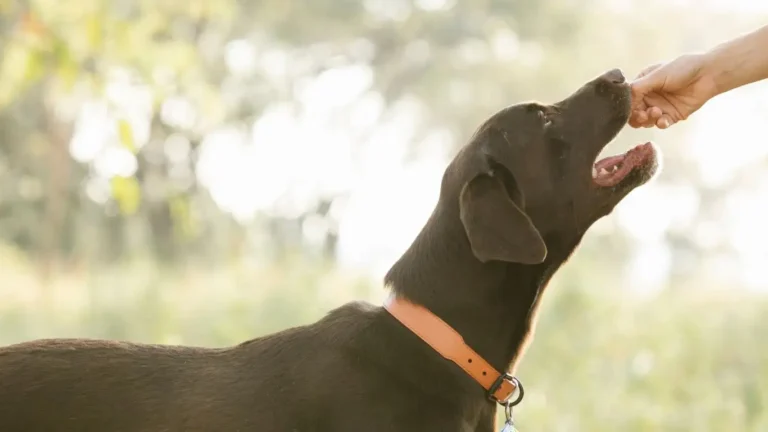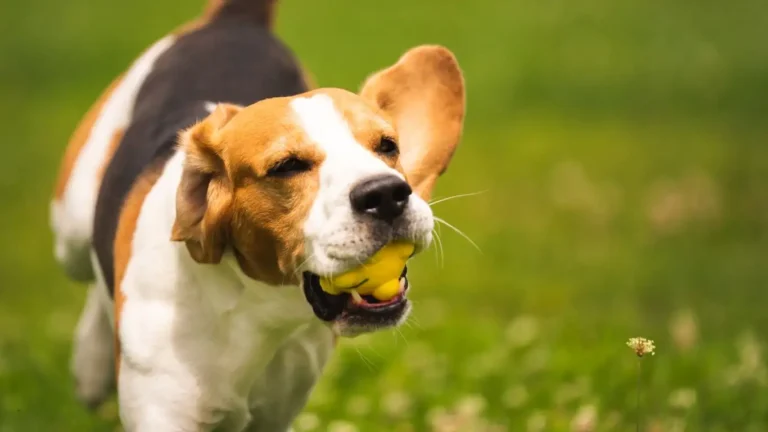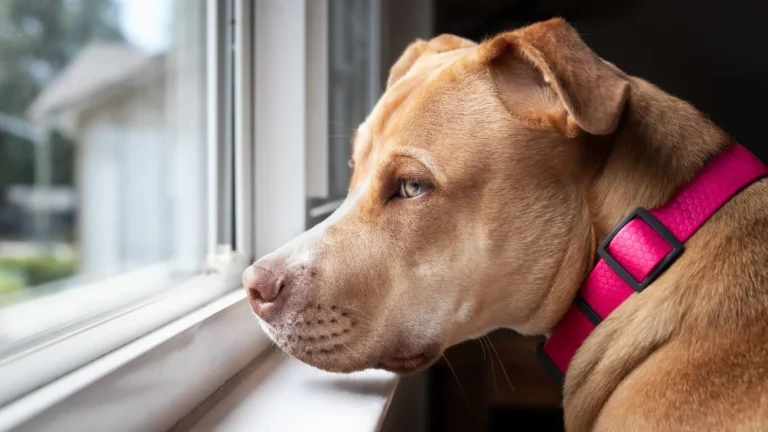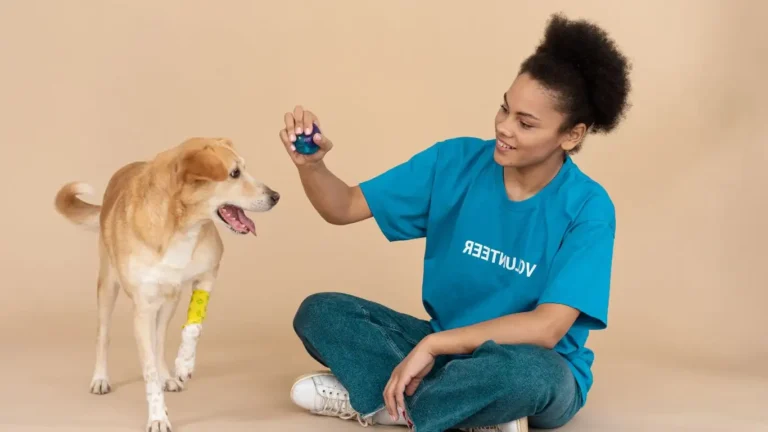How to Train a Dog to Understand Time-Based Routines: A Proven Method
Have you ever wondered how to train a dog to understand time-based routines? I get asked this a lot in my work as a Canine-Assisted Therapy Trainer. Dogs thrive on structure. It’s almost like they have an internal clock, ticking away, helping them predict when it’s time for meals, walks, play, or cuddles. But the truth is, they don’t just “know” the time — we help them learn it through consistent, intentional training. I’ve seen firsthand how powerful it can be when a dog understands a set routine. It’s not only a game-changer for their behavior but also builds an incredible bond between human and pup. Let’s dive into how you can create that same magic in your own home!
Why Time-Based Routines Matter for Dogs
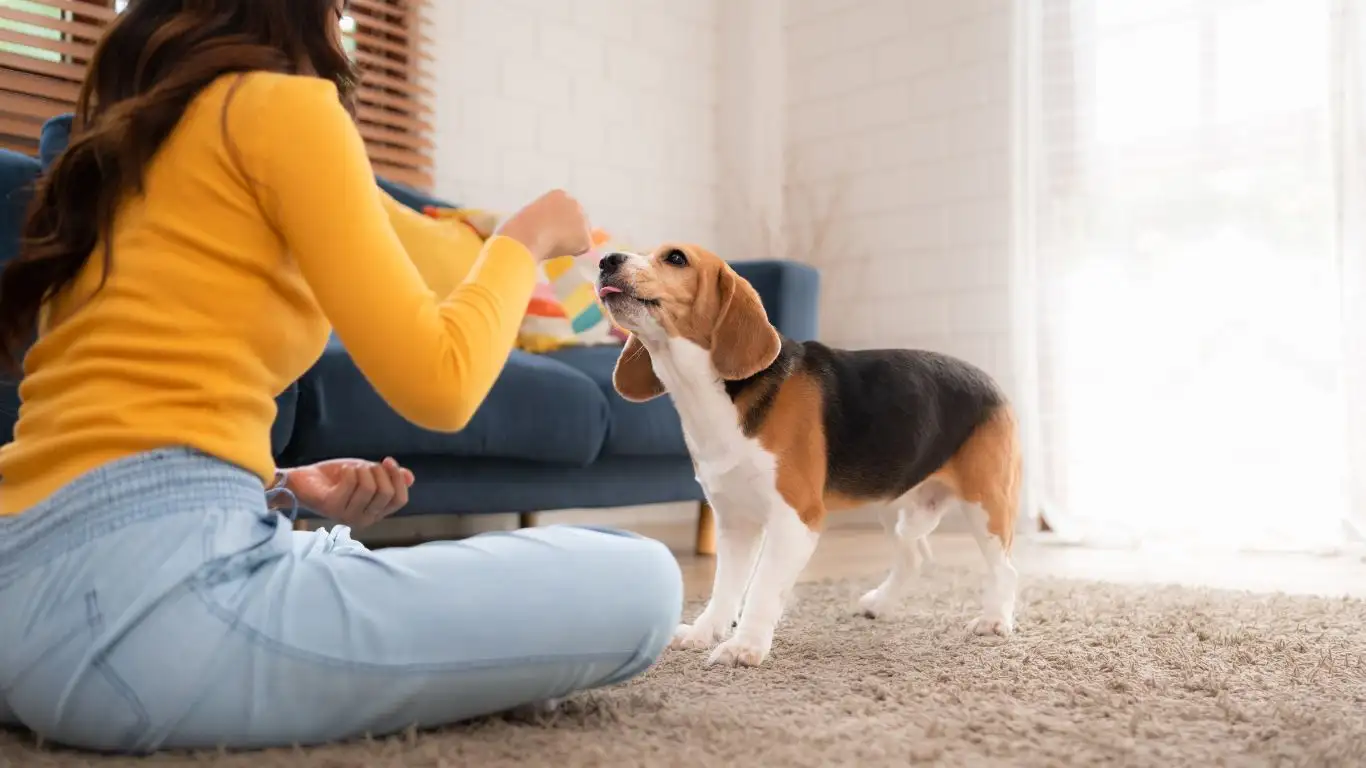
Dogs are creatures of habit. Much like us, they feel safest when they can predict what’s coming next. In my early days of therapy training, I learned real quick that a dog who knew what to expect was far more confident and calm than one left guessing.
Time-based routines help with everything from potty training to reducing separation anxiety. They tell your dog, “Hey, don’t worry. Food’s coming. Playtime’s coming. You’re not forgotten.” This predictability can massively lower stress levels for both of you!
How Dogs Perceive Time (and How We Can Use That)
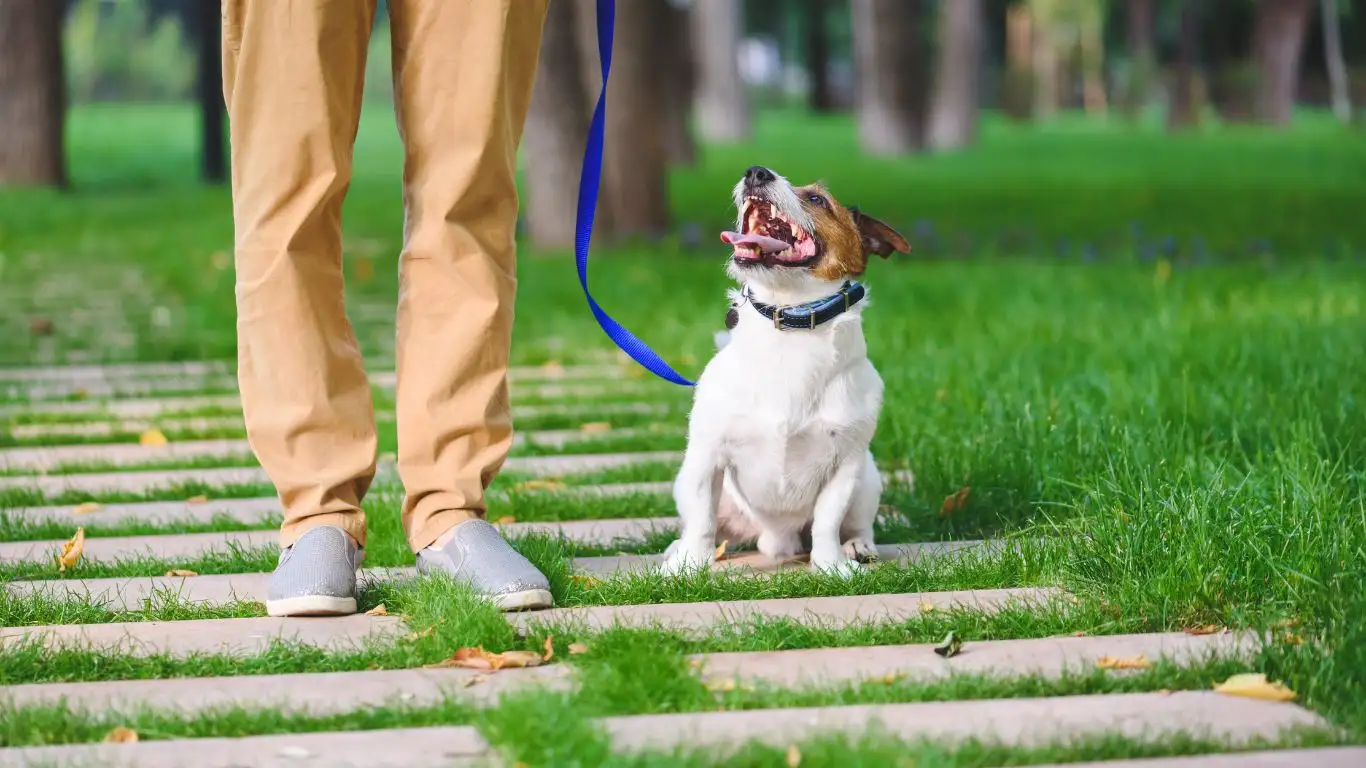
Dogs don’t wear watches (obviously!), but that doesn’t mean they can’t recognize patterns. Over time, dogs pick up on subtle environmental cues: the light changing throughout the day, your energy as you prepare for work, even sounds like the hum of the dishwasher shutting off.
The Science Behind a Dog’s “Clock”
Studies suggest that dogs are pros at associative memory. They link certain activities with other happenings in the environment. For example:
- Your coffee brewing might signal “morning walk” time.
- The sun setting could trigger “dinner soon!” excitement.
- The sound of keys jingling might mean you’re about to leave.
It’s not about “knowing” 5 PM. It’s about recognizing patterns that predict events. When you’re training routines, you’re actually training your dog to notice and respond to these daily rhythms.
Step-by-Step Guide: How to Train a Dog to Understand Time-Based Routines
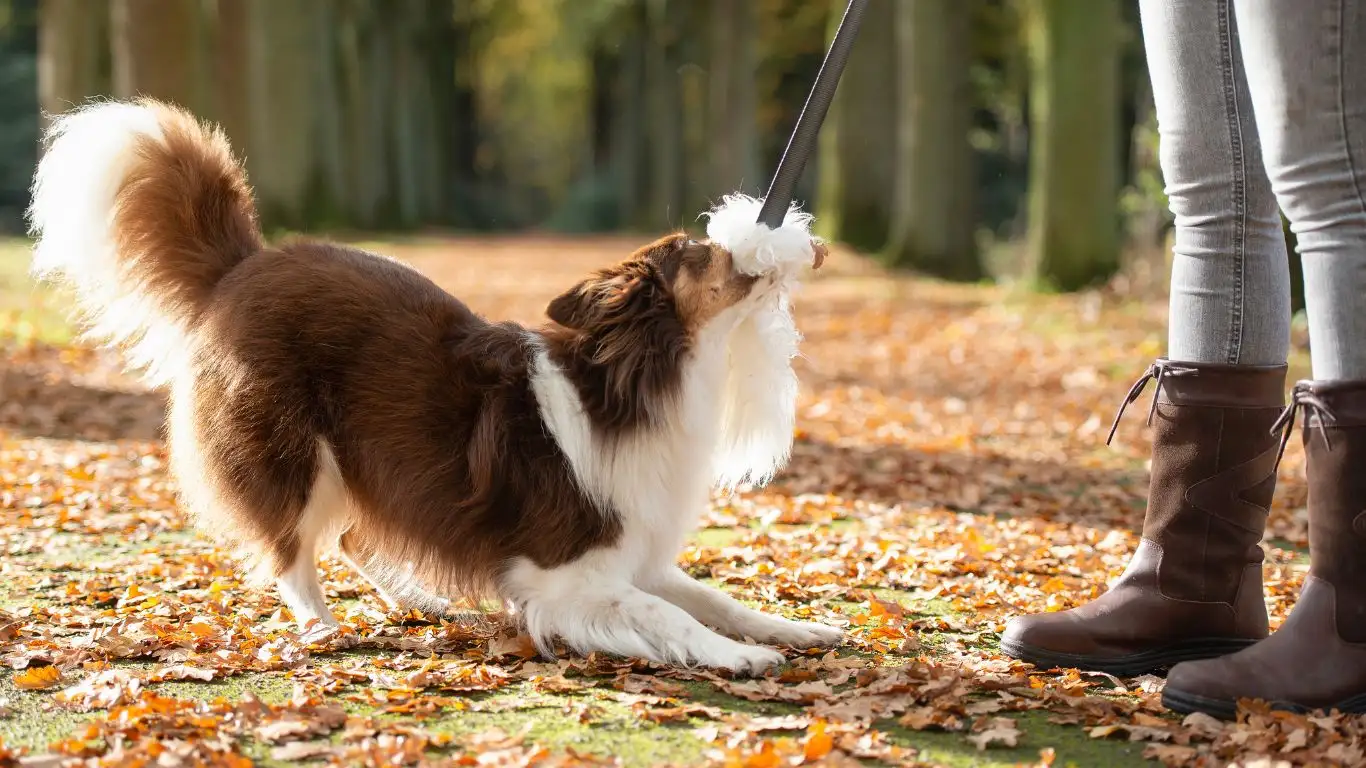
Building a time-based routine isn’t complicated, but it does take a mix of patience, repetition, and a whole lotta love. Here’s what’s worked beautifully for me — and hundreds of therapy dogs I’ve worked with:
1. Start with a Simple Daily Schedule
Before anything else, sketch out a rough daily plan. It doesn’t have to be perfect, but consistency is key. Try to keep core activities like feeding, walking, and bedtime around the same times every day.
- Feeding: Morning and evening feedings at consistent times.
- Exercise: Walks or play sessions after meals or before bedtime.
- Training Sessions: Short, fun learning times during low-energy parts of the day.
- Rest Time: Encourage naps after walks or playtime to help set a natural rhythm.
2. Use Environmental Cues
Help your dog associate specific cues with different parts of the day. For example:
- Opening blinds every morning before breakfast signals the start of the day.
- Turning off certain lights and lowering the noise in the evening tells them it’s wind-down time.
Pro tip: Always pair verbal cues like “bedtime” or “let’s eat” with the actions. Over time, your dog will recognize these triggers even if you’re off by a few minutes.
3. Reward Calm, Predictable Behavior
When your dog naturally anticipates an event — like sitting patiently at the door before walk time — reward that behavior! Positive reinforcement makes the connection stronger and more reliable.
4. Stay Flexible (But Consistent)
Life isn’t a strict schedule (trust me, as a therapy trainer, no two days are the same). Some days, walks might happen earlier; dinner might be delayed. That’s OK! As long as the basic structure stays intact, your dog will remain confident and relaxed.
Quick story: One of the therapy dogs I trained, a golden retriever named Ellie, would start stretching and yawning about 15 minutes before her lunchtime every single day — even if I got caught on a phone call. It wasn’t the clock she understood; it was the pattern of our days together. That’s what you’re building here — a partnership based on trust and predictability.
Advanced Routine Training Tips for Dogs
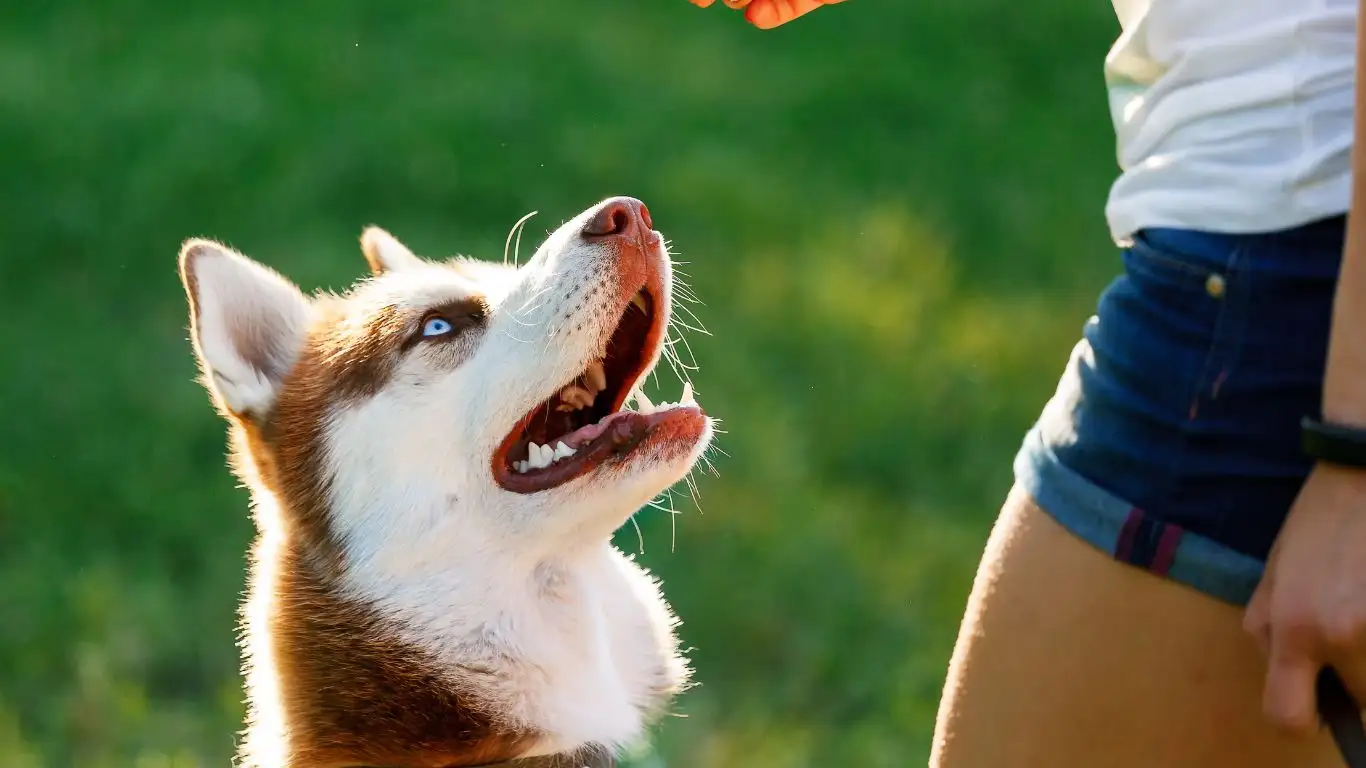
Once your dog is grooving with a basic schedule, you might start wondering — what’s next? Trust me, there’s a whole next level when it comes to how to train a dog to understand time-based routines. After working with therapy dogs for years, I learned that adding a bit of complexity can make a good routine even better — and even more mentally stimulating for your pup.
Incorporating More Detailed Time Blocks
Instead of just “morning walk” and “evening dinner,” you can break the day into smaller predictable parts. This is especially useful for service dogs or therapy animals who need to shift gears quickly depending on the situation.
- Midday mental stimulation: Puzzle toys or short training refreshers around lunchtime.
- Afternoon quiet time: Encourage lounging or resting during certain hours, like when you work from home.
- Evening bonding: After-dinner cuddles or grooming time to end the day on a calm note.
Personal tip: When I was training a Labrador named Sam for hospital visits, his afternoon “calm time” made a world of difference. By establishing quiet hours, he learned to relax during the chaos of a busy hospital wing without getting stressed.
Use Timers or Alarms (But Wisely)
It might feel a little over the top at first, but using phone alarms to signal transitions can help you stay consistent — and dogs pick up on the pattern really fast. Just be careful not to rely so much on the alarm that your dog becomes startled or anxious by the noise itself.
Instead, keep it casual. Hear the alarm? Say your routine cue (“Time for our walk!”) in a happy voice. Keep it light and positive, so the sound just becomes another soft reminder of the day’s rhythm.
Handling Routine Disruptions and Time Changes
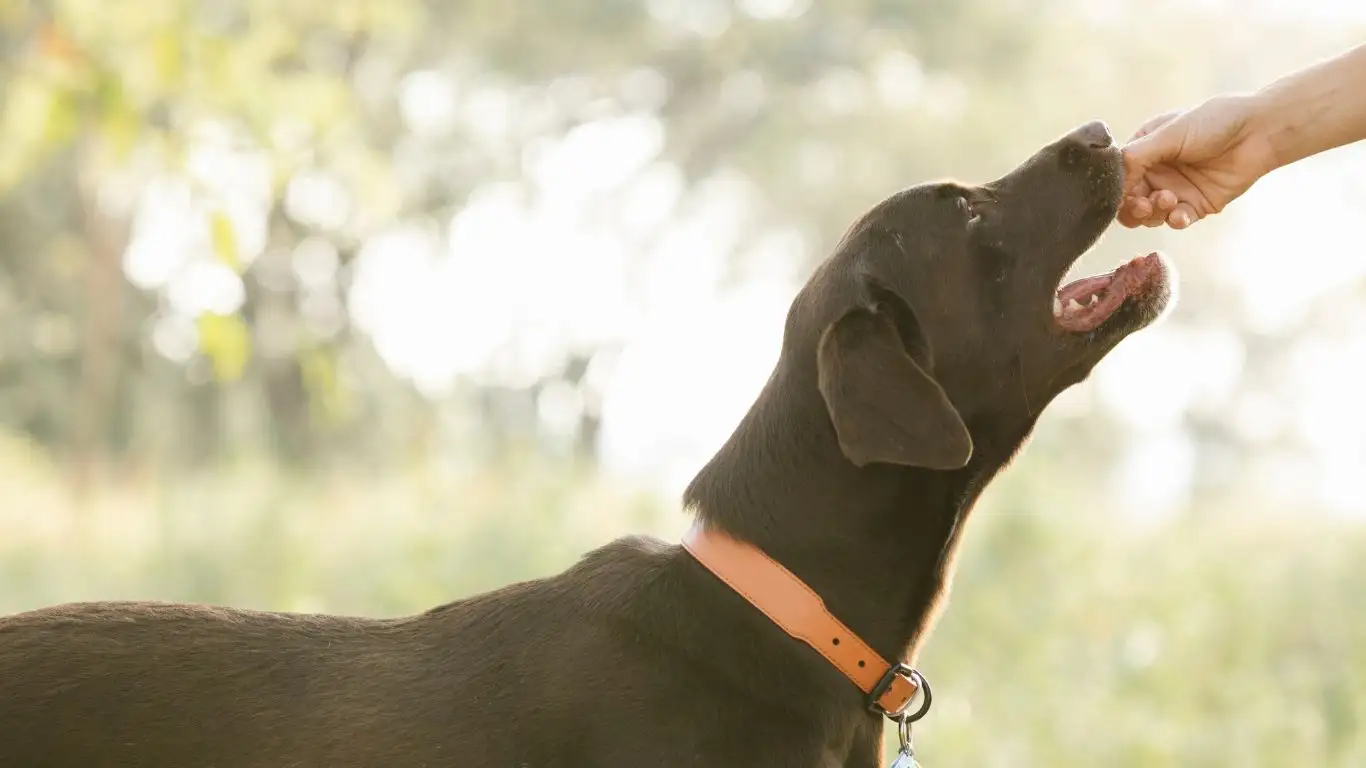
Now, here’s real life for you: schedules change. Kids go back to school, you start a new job, daylight saving time hits — and suddenly the routine you worked so hard to build gets thrown off. But don’t panic. Dogs are way more adaptable than we give them credit for, especially if you adjust things the right way.
Gradual Transitions Are Key
Rather than flipping the schedule overnight, shift things slowly over a few days. If dinner is usually at 5:00 PM but needs to move to 6:00 PM, start by pushing it by 10-15 minutes each day. Small, steady shifts will feel much less jarring for your dog.
Experience note: During the fall when daylight saving time ends, I always start prepping therapy dogs a week in advance. Gradual changes meant happier pups — and way fewer 4:30 AM wake-up calls because they “thought” it was breakfast time!
Recognizing and Soothing Routine Anxiety
Some dogs, especially sensitive or high-energy breeds, can get a little stressed when things go off track. If you notice pacing, whining, or “acting out” behavior, it’s often just your dog saying, “Hey, something feels different and I don’t know why!”
- Stay calm and consistent. Reacting with frustration only adds to their anxiety.
- Reinforce other known cues. Stick to phrases and habits that are still familiar, even if the timing is a little off.
- Offer extra reassurance. A little extra cuddle time or a favorite toy can make a big difference during transitions.
Common Mistakes to Avoid When Training Time-Based Routines
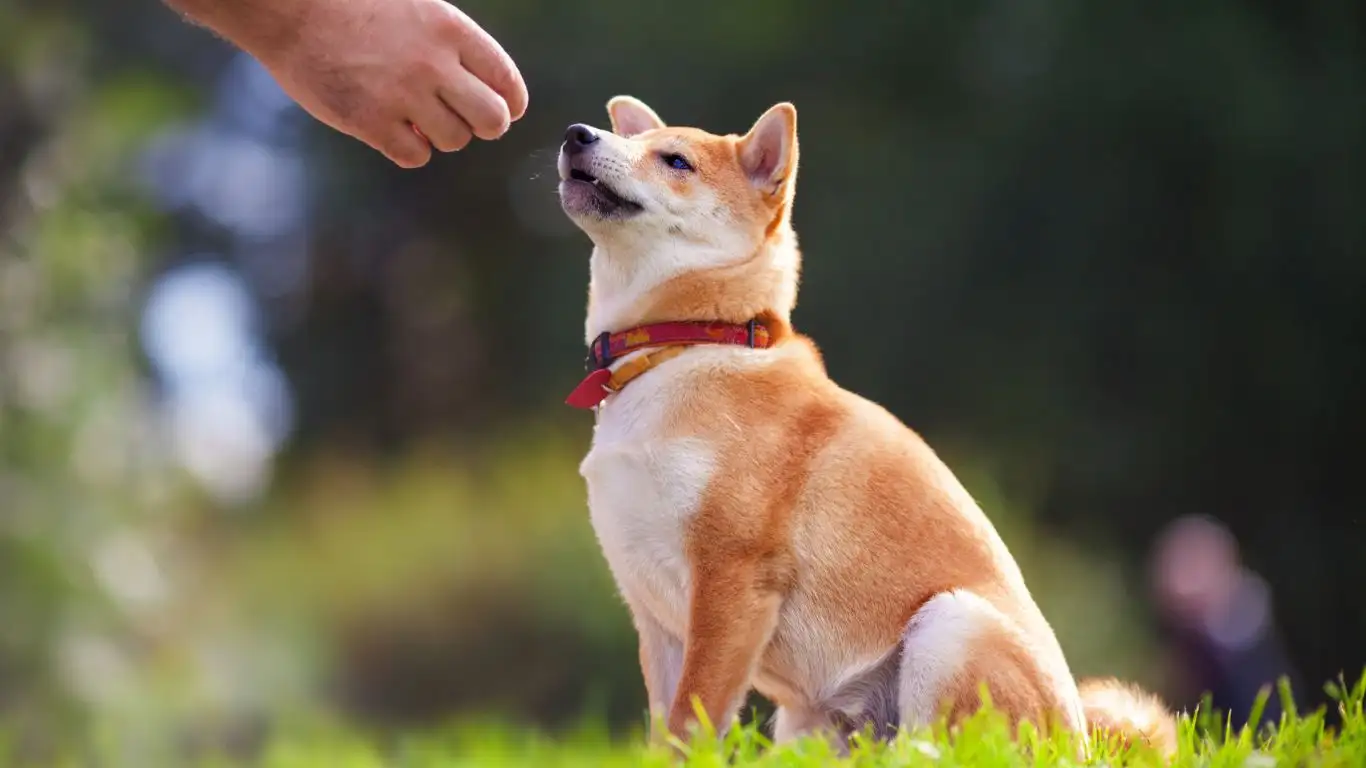
Even seasoned trainers like me have fallen into these traps once or twice. Learning from these common slip-ups can save you (and your dog) a lot of headaches down the road.
Inconsistent Timing
Life gets busy — I get it! But if your dog eats at 6 PM one night, 9 PM the next, and 5 PM the day after that, it’s confusing. Dogs aren’t judging your schedule; they’re just trying to understand what’s happening next. Even if you can’t be perfect, aim to stay within a consistent window (like within 30 minutes) whenever possible.
Over-Scheduling
While structure is good, being too rigid can backfire. If every minute is planned to the second, your dog can become stressed when inevitable changes occur. Build “soft” spaces into the routine — unstructured times for lounging, casual play, or sniffing around the backyard just because.
Neglecting Mental Exercise
We often think about feeding and walking, but mental stimulation is a critical part of a well-rounded routine. Dogs crave problem-solving and thinking challenges almost as much as they crave a good game of fetch!
- Introduce new training tricks once a week.
- Rotate different puzzle toys.
- Use scent games or basic search-and-find exercises.
It doesn’t have to be complicated. Honestly, one of my therapy dogs absolutely loved “hide and seek” games with treats hidden around the living room. Simple stuff keeps them sharp and happy.
Skipping Positive Reinforcement
Sometimes we get caught up in the mechanics and forget to celebrate the wins. Remember to praise your dog when they predict a routine event correctly or behave calmly while waiting. A simple “Good job, buddy!” goes a long, long way toward reinforcing the behavior you want to see more of.
Fun fact: Dogs love genuine praise way more than we realize. It’s not just about the treats — it’s about that waggy-tail “I’m doing it right!” pride moment.
Special Situations: Adjusting Time-Based Routines for Puppies, Seniors, and Rescue Dogs

Not every dog is starting from the same spot. When figuring out how to train a dog to understand time-based routines, it’s important to tailor your approach based on age, background, and even personality. Trust me, I’ve worked with all types — from bouncy eight-week-old pups to wise old souls rescued at age ten — and each one needed a slightly different game plan.
Training Puppies on a Routine
Puppies are like little sponges — they soak up everything! But they also have tiny bladders and short attention spans, which means you’ll need a schedule that’s super frequent at first.
- Potty Breaks: Every 2–3 hours during the day, and at least once during the night for very young pups.
- Meals: 3–4 small meals daily to keep their energy steady.
- Short Play/Training Bursts: 5–10 minute sessions to match their short focus window.
Personal reminder: When I raised my Border Collie pup, Juno, sticking to a tight potty/play/nap schedule made house training a breeze. Puppies crave predictability just as much as adult dogs — maybe even more!
Adapting for Senior Dogs
Older dogs love routines, but they may move slower or need a bit more downtime. Also, senior dogs sometimes experience cognitive decline, making consistency even more vital to their comfort.
- Keep feeding and potty times steady.
- Offer gentle reminders or help transitioning between activities.
- Plan extra cozy nap times in quiet spaces.
Older pups like my sweet therapy partner, Max (a 12-year-old Golden Retriever), thrived on a simple, predictable day. Even small changes, like a different walk route, needed to be introduced gradually to keep him confident.
Working with Rescue or Shelter Dogs
Rescue dogs often arrive with very little idea of what “routine” even means. They may have experienced neglect, chaotic environments, or trauma, so patience and compassion are everything.
- Start slow: Two or three basic anchors each day (feeding time, short walk, bedtime) at first.
- Use clear, consistent verbal cues: Build trust with simple, kind communication.
- Celebrate tiny wins: Even things like eating a full meal at the right time deserve a happy “Good boy!”
Little story: One of my favorite rescues, Bella, had zero clue what a meal schedule was. It took about two weeks of quiet consistency, and suddenly, there she was — sitting politely by her bowl five minutes before mealtime, tail wagging a mile a minute.
Creating a Lifetime Habit of Routine Awareness
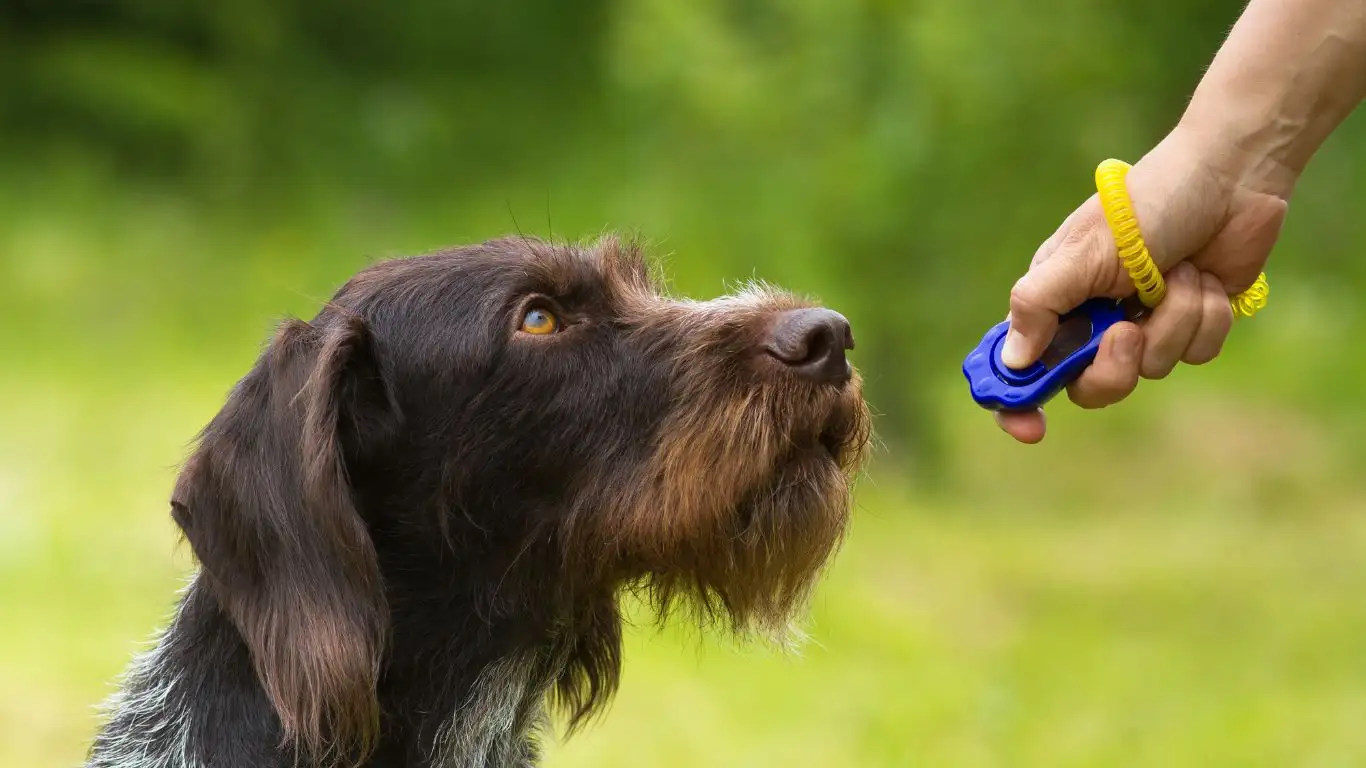
Building a time-based routine for your dog isn’t just about making life easier today. It’s about laying the foundation for a happier, healthier lifetime together. Once established, these patterns become second nature for your dog — like muscle memory but for the brain and heart.
Regular Reviews and Adjustments
Life evolves, and your dog’s routine should too. I recommend every few months taking a few minutes to review your schedule. Ask yourself:
- Is my dog getting enough physical and mental stimulation?
- Are there any new cues or habits I need to reinforce?
- Has my schedule changed in ways that are confusing for my dog?
It’s okay to tweak and adjust as needed. The beauty of a well-trained dog is that they learn to trust the *process*, not just the exact hour on the clock.
Keeping It Fun
Even within a structured day, there’s always room for joy. Surprise your dog with a random belly rub break. Turn routine walks into mini adventure hikes sometimes. Add an extra game of fetch “just because.” These small moments keep the routine from feeling stale and strengthen the bond you share.
Therapy tip: In my experience, the happiest working dogs — whether therapy, service, or just your neighborhood superstar — are the ones who know what to expect but still get a few happy surprises now and then.
References
Disclaimer
This article is intended for informational purposes only and does not constitute professional veterinary advice. Always consult with your veterinarian or a certified dog trainer for specific guidance tailored to your dog’s needs and health conditions.
